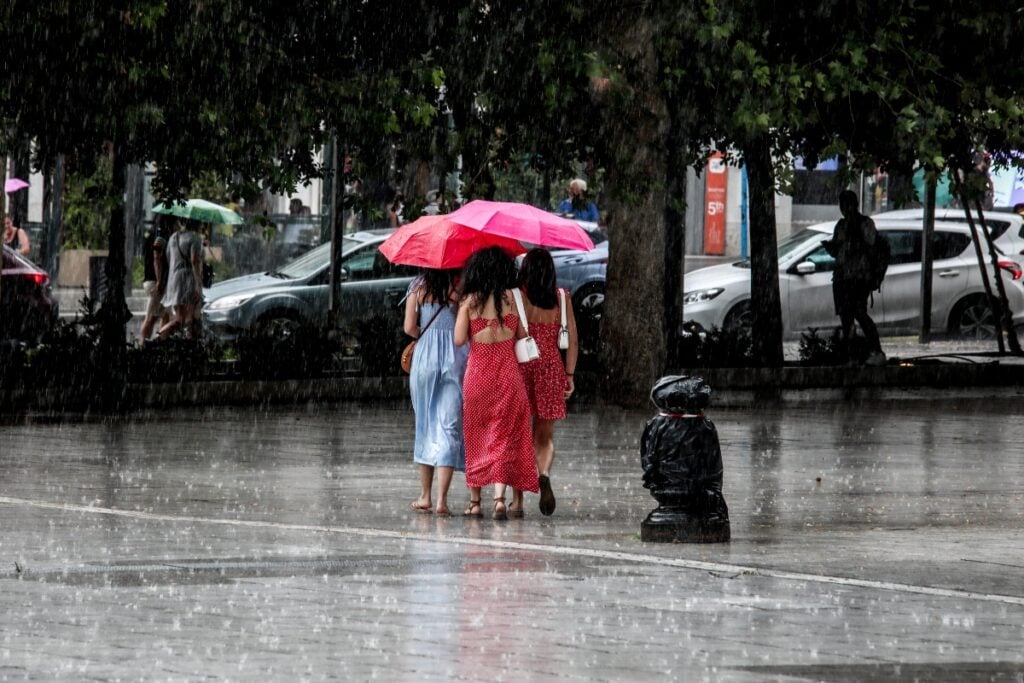Why less young Aussies develop skin cancer
Written by admin on September 2, 2024
More young Australians are less likely to develop melanoma as the country becomes more diversely populated, according to new research.
A QIMR Berghofer study found nearly 30 per cent of young Australians now have a low to moderate risk of melanoma because of their ancestry and darker skin tones.
Professor David Whiteman said the research suggested demographic changes have been a significant factor at the declining melanoma rate, but also credited the widespread public health campaigns of the 1980s and 90s.
“Melanoma incidence has risen steeply over time in people over 50, but has fallen steadily among young Australians,” Prof Whiteman said.
“Health practitioners attribute this to the success of the public campaigns that commenced decades ago, however, those assessments do not recognise Australia’s increasing population diversity with respect to melanoma risk.
“More than half of Australia’s population are either born overseas or have a parent who was born overseas, so there is now a much higher proportion of people whose ancestry places them at lower risk of melanoma than those with ancestry traced to Great Britain and northern Europe.”
The estimated proportion of Australians at high risk of melanoma had dropped from 85.3 per cent in 2006 to 71 per cent in 2021, according to the study published in the Medical Journal of Australia.
Researchers also found a drop in melanoma rates among young, fair-skinned Australians with European ancestry.
More Coverage
“Young people in industrialised countries are spending more time inside on screens and less time outside, with consecutive studies indicating this could be contributing to lower rates of melanoma,” Prof Whiteman said.
However, he called for national prevention and education efforts to continue to ensure people were aware of the dangers of melanoma.
“Since most melanomas are linked to sun exposure, which can be controlled, and considering Australians are often exposed to intense sunlight for much of the year, we need to continue our national public health campaigns,” Prof Whiteman said.







